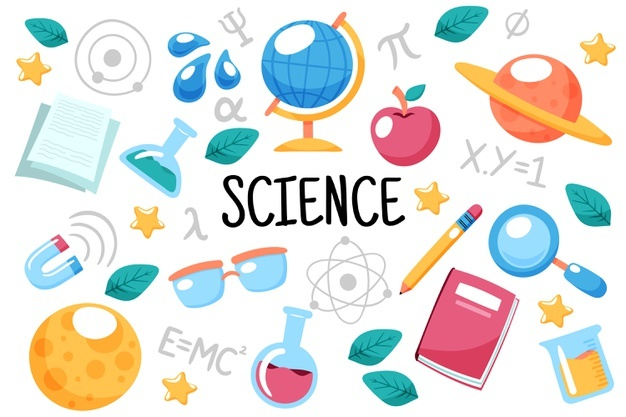INTRODUCTION.
The natural sciences rely on logical reasoning and the methodological apparatus of the formal sciences to understand the phenomena that make up the world. In the natural sciences course, the students will be provided with the resources, techniques and knowledge that will allow them to understand and enter the world of science, thus strengthening their learning process. Additionally, the course will be taught in the English language, to improve the student's skills in the second language and to open the borders to a global context.
GENERAL OBJECTIVES
Understand and value science and its implications.
Consider science as a human activity that has benefits and limitations.
Form an analytical, inquiring, and flexible mindset to ask questions, solve problems, elaborate explanations, and judge arguments.
Develop skills to design and conduct investigations, evaluate evidence, and reach conclusions.
Become aware of the need to collaborate and communicate effectively.
Apply their knowledge and language skills in a variety of real-life situations.
Develop sensitivity towards living and inert elements of the environment.
Reflect on learning experiences and make informed decisions.
COMPETENCES / ABILITIES TO DEVELOP
The development of the subject will guide students to understand natural sciences as a global tool to understand life and all the phenomena that occur within it; and the development of skills such as observation, questioning, analysis, and argumentation, which constitute transversal skills for the student's formation process.
Science courses help students develop key skills in approaches to learning that will allow them to enjoy projects and achieve good results. In this group of subjects, students have considerable opportunities to practice the skills of approaches to learning, in particular those of organizing and representing information in a logical way. Collaborative skills are also an essential aspect of scientific activity.
METHODOLOGY
Student guided inquiry.
Master class.
Workshops.
Laboratory practices.
Unit guided projects.
Expositions.
Discussions.
Consolidation of own ideas from audiovisual material.
CONTENT AND CONCEPTS
Unit 1: The cell
Cell division
Meiosis
Mitosis
Cell reproduction
Unit 2: Cell metabolism
Cellular respiration
Aerobic
Anaerobic
Structure of a cell
Membranes
Membrane transport
Active & Passive transport
Unit 3: Nuclear atom and the periodic table
Atom
Atomic models
Difference between atom and molecule
Atomic properties
Classification of the elements
Periodic table
Unit 4: Introduction to physics
Introductory to physics
Conversion factors
Density
Experimentation
Calculation of density
EVALUATION PROCESS
Formative evaluation |
|
Summative evaluation |
|
Evaluation Criteria | Percentages |
Knowledge and understanding | 25% |
Inquiry and design | 25% |
Processing and evaluation | 25% |
Reflection on the impact of science | 25% |
RESOURCES
Resources | |
Technological | iPad or laptop. |
Bibliographic | PAI guidebook. |
Physical | Notebook and papers to write/draw on. |
Behavioral recommendations for the proper development of the class |
receive the class in the best possible way |

- Profesor: Carlos Andres Garcia Giraldo